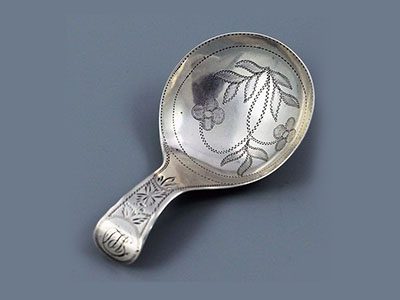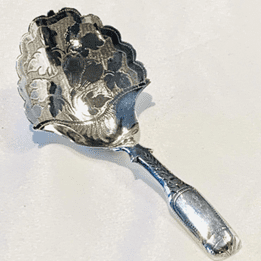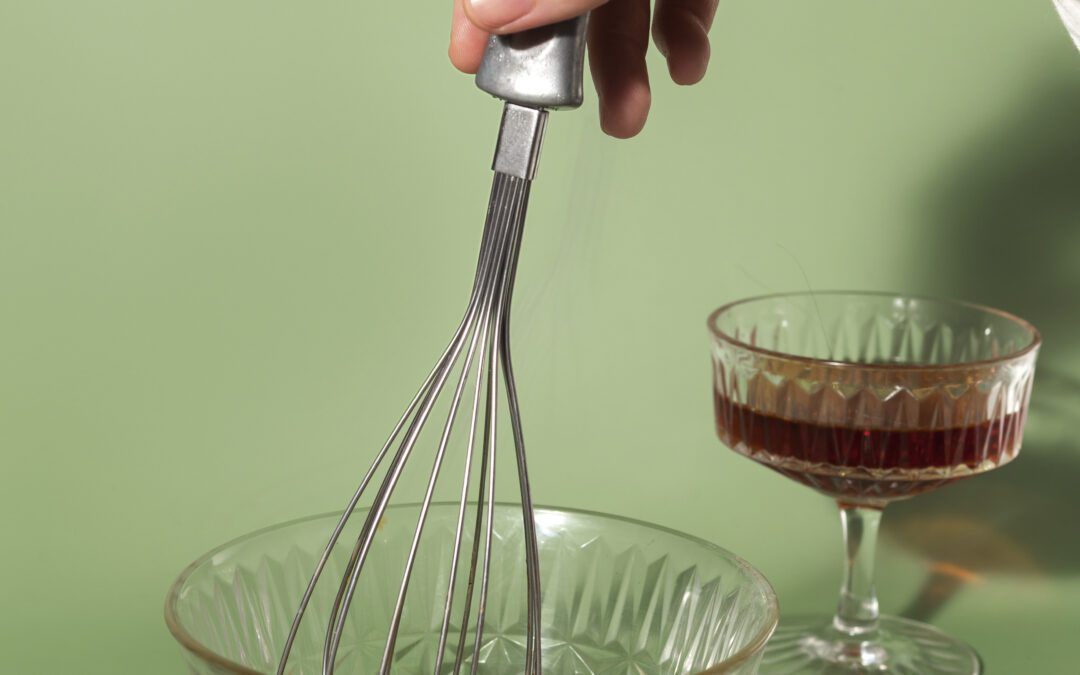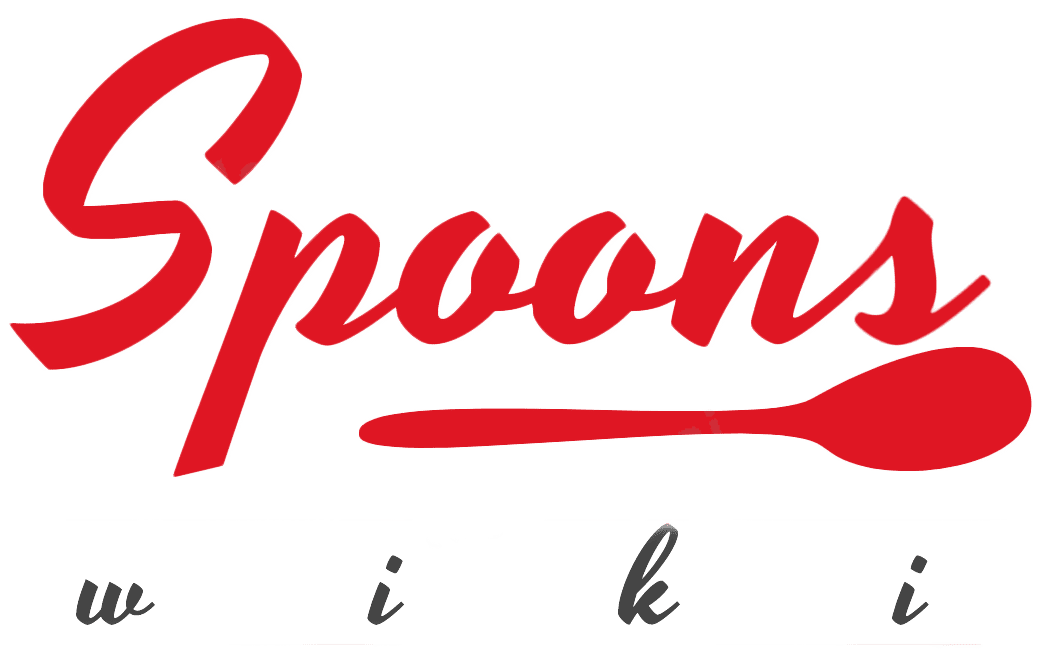What Is A Caddy Spoons, And Why Would I Need One?

Tea is a beloved beverage for millions of people all over the world and it has been for centuries. Part of what makes tea so special is the care and attention that goes into creating the perfect blend of dried tea leaves to produce the desired flavor.
As part of this tradition, the caddy spoon emerged – a tool used to measure the correct amount of tea leaves. Over time, Also, these spoons became increasingly ornate and elaborate, serving as a fashion accessory in the 19th century. Today, antique silver caddy spoons can be quite valuable, though they don’t hold the same status as they once did.
The caddy spoon is a simple kitchen tool used to measure the right amount of dried tea leaves for a perfect cup of tea. Moreover, these spoons come in many different materials, but silver and sterling silver are the most popular. Caddy spoons are a tradition in English, Irish and Scottish culture, dating back centuries.
This caddy spoon is the perfect tool for taking and measuring the appropriate amount of dry tea leaves. Also, the wide, shallow curve makes it easy to scoop the leaves, and the short handle provides good control. Despite its practical purpose, the caddy spoon became one of the more ornate pieces of flatware during the 18th century.
Background
The original caddy spoons were not man-made, but rather they came from natural sources. The shell of a scallop made for the perfect caddy spoon and many were used in that capacity since tea was first brewed.

Also, the caddy spoon is believed to have originated in England in the 18th century, during the height of the British Empire. At this time, tea was a very popular drink in England, and it was also a major commodity that was traded with other countries. There are many theories that abound about the spoons. The shells left in tea chests sent from China inspired the design of these coffee mugs.
Also, the short handle on caddy spoons was most likely due to the fact that they were to be kept in the tea caddy or box. For this, a long handle would have been impractical and this way, the spoons would be more secure.
Different Shapes and Structures of Caddy Spoons
1. 18th Century Silver Tea Caddy Spoons

The first introduction of silver caddy spoons took place during the 18th century, but the exact date is unknown. What we do know is that there are very few silver caddy spoons before 1770. However, by the early 1800s, not only were caddy spoons becoming more prevalent, but they were also becoming more decorative.
Also, the late 18th century saw a rise in the popularity of silver caddy spoons among the upper class in England, Ireland, and Scotland. However, many of these spoons were actually quite inexpensive. It wasn’t until tea became popular all over the world that the caddy spoons became more ornate.
So, if you’re ever in the market for a silver caddy spoon, keep in mind that those made during the late 18th century are usually the most affordable.
Silver caddy spoons were both practical tools for measuring tea and works of art. The range of designs included natural objects such as feathers, leaves, and shells, as well as more imaginative creations such as shovels, the caps of jockeys, and even hands.
2. Silver Caddy Spoon Handles

The handles on silver tea caddy spoons were often quite ornate, with some made of wood or ivory. Many people matched these spoons to the flatware sets in their homes. Oftentimes, people sold these spoons in complete sets. Engravings on the handles also helped make silver caddy spoons even more unique and expensive.
However, by the early 1900s, the silver caddy spoon started to fall out of fashion. The rise of the middle class, modernization, and trends toward simpler fashions all contributed to the decline in silver caddy spoon use.
By World War II, most manufacturers had gone out of business. Today, silver caddy spoons are not as popular as they once were. In the antique market, a caddy spoon from the 19th or 18th century can be quite valuable, depending on its craftsmanship.
3. The Georgian Caddy Spoon

This is an 1804 Antique Sterling Silver Tea Caddy Spoon made by Thomas Wallis II. This is an exquisite Georgian silver spoon, hallmarked for 1804. It is a highly collectible item!
Moreover, the spoon has a deep bowl for scooping up tea leaves and a short neck with initials elaborately engraved at the top of the handle. Also, the initials look like EJC. On the back of the handle are the maker’s marks and hallmarks.
This antique silver bowl is in good condition, with a tarnish spot in the bowl and some tarnish on the silver itself which adds to its antique look. There is also a small dent on the edge of the bowl. Also, the bowl weighs 14.7 grams and measures 8 cm in length (3 1/8 inches).
4. The Victorian Caddy Spoon

This Victorian, silver-plated caddy spoon dates back to 1867. Unlike sterling silver items, silver-plated wares were stamped with a kite registration mark between 1842 and 1883. If you look online, you’ll see that the kite mark identifies the year and month of manufacture.
Above all, this lovely old spoon is 3 and 1/8” (7.9 cm) long and 1½” (3.9cms) across the bowl. It weighs 13.4 grams.
Moreover, the design is traditional, with a fluted bowl and a decorative handle. The reverse is equally lovely, with a little flower at the top of the bowl.
Also, the kite mark is on the front of the teapot, where the handle meets the bowl. I have identified a ‘T’ at the top for 1867 and a ‘5’ at the base for the month of May. On the reverse is the maker’s mark ‘MM&Co.
This teapot is generally in fine antique condition, with just a little wear at the top blank space where generations would have held it to measure out their tea.
5. The Edwardian Caddy Spoon

The Edwardian caddy spoon is a beautiful and ornate spoon that was popular during the Edwardian era. Many people still treasure Edwardian caddy spoons today because they are beautiful pieces of history. These spoons were typically made from silver or other precious metals. They usually have long handles and bowls that are decorated with intricate designs.
What Is an Antique Tea Caddy Spoon?
Traditional antique tea caddy spoons were crafted to look like regular spoons but with a larger scoop so that more surface area could be used to grab onto the loose-leaf tea. These spoons developed around the 1760s to accommodate the changing way that Europeans stored and drank their tea.
Thus, the tea caddy spoon was created to extract the loose-leaf from within tea caddies. These days, it’s uncommon to find tea caddy spoons in any modern home because they fell out of fashion in the mid-20th century. Tea caddy spoons were popular before this due to industrial advancements and changing cultural sensibilities.
A tea caddy is a container for loose-leaf tea. Early examples were made of Chinese porcelain, but they can now be made out of a variety of materials, including wood, tortoiseshell, brass, copper, silver, and pewter. Tea caddies come in a variety of shapes and sizes and can be highly decorated.
Sterling Silver, or Bust
Tea caddy spoons were originally made out of silver because it was known to enhance the flavors of some teas and it was a common material used for silverware. These spoons came in both highly decorated and simple varieties, boasting many spoon shapes, some of which include:
- Shell
- Chowder
- Shovel
- Heart shape
Antique Caddy Spoon Manufacturers
English silversmiths created a wide variety of tea caddy spoons during the 18th and 19th centuries. Among these makers, the Bateman family is often considered one of the most luxurious, and examples of their spoons can be quite expensive when put to auction.
That being said, collectors tend to favor English silversmiths, and their work during this period can be worth more than that created by American and other European manufacturers. Here’s just a small sampling of the different historic silversmiths who crafted tea caddy spoons:
● Josiah Snatt
● Samuel Pemberton
● David Carlson
● Daniel Low & Co.
● John Shea
● George Jensen
● Peter Bateman
● John Bettridge
Antique Tea Caddy Value
While English designed tea caddy spoons from the 18th and 19th centuries are not difficult to find, more contemporary examples of quality tea caddy spoons are quite rare. If you do happen to come across an early 20th-century tea caddy spoon, it will likely be worth a significant amount.
For example, one of the most valuable spoons ever sold was an Arts and Crafts gemstone encrusted spoon from Omar Ramsden for over $3,000. Not every antique tea caddy spoon will reach that high of a value at auction, with most spoons having values closer to $150-$300.
For example, an 1804 sterling silver tea caddy spoon can be worth around $170 at an auction. However, it’s important to remember that when shopping for an antique tea caddy spoon, individual spoons can have high values based on their materials alone. So, any added layers of rarity or desirability will steadily increase their prices. For instance, this rare 1885 Tiffany & Co. tea caddy spoon is currently listed for about $1,500.
How to Care for Antique Tea Caddy Spoons?
Thankfully, antique tea caddy spoons are functionally the same as other pieces of silver silverware. Since sterling silver tarnishes over time, you want to make sure to keep up with a daily cleaning routine to prevent any future damage.
Simply dusting your silver with a microfiber cloth can work wonders for its health. If your silver is particularly tarnished, you can use store-bought silver cleaners; though it’s important that you never apply a rough bristle brush or any similar tool to your silver, as you can quickly scratch and damage the material.
1. Tea Time Made Simple
Collecting antique tea caddy spoons (or other antique and vintage spoons) is a great way to add some unique pieces to your collection while also being able to use them in a modern context. These spoons are hearty enough to be able to be used for their original purpose, whether it’s to make a cup of tea or measure out some other loose ingredient. You can help ensure that these antique tools can continue to serve their purpose long after their original owners have passed by using them in your own kitchen.
Purpose of caddy spoon
To measure the right amount of tea leaves for your desired number of cups.
To evenly distribute the tea leaves in the teapot.
To avoid over-steeping by stirring the tea leaves regularly.
To prevent the tea leaves from clumping together.
To remove any tea leaves that have fallen into the cup.
To prevent the tea from becoming too strong or bitter.
To add milk or sugar to the tea, if desired.
To help maintain the temperature of the tea.
To clean the caddy spoon after use.
if you want to know more about other popular types of spoons here you can read about, the Bonbon spoon, egg spoon, Parfait spoon, marrow spoon, and Horn spoon.

Written by Ikra Sanam
More From This Category

Best Stainless Steel Whisks That Outperforms the Competition
A whisk is not just a simple kitchen utensil; it is a versatile tool that allows you to mix, blend, and incorporate ingredients with precision and efficiency. For professional chefs, a high-quality whisk is essential for creating delicate sauces, perfectly whipped...
Most Durable Knife Set For Your Kitchen
If you're looking for the most durable knife set on the market, you've come to the right place. In this article, we'll take a look at some of the best knife sets on the market, and we'll help you choose the perfect set for your needs. We'll also provide some tips on...
5 Best Quality Professional Chef Knives on Amazon
A high-quality set of professional chef knives is the most important tool for any serious cook or chef. Sharp, balanced knives allow cooks to finely chop, mince, dice, and slice ingredients with precision and ease. Whether dicing shallots for a mirepoix, breaking down...

0 Comments